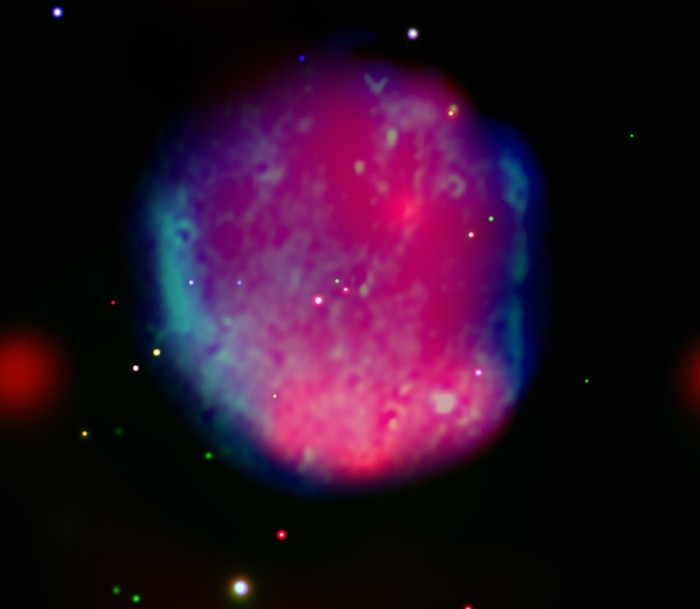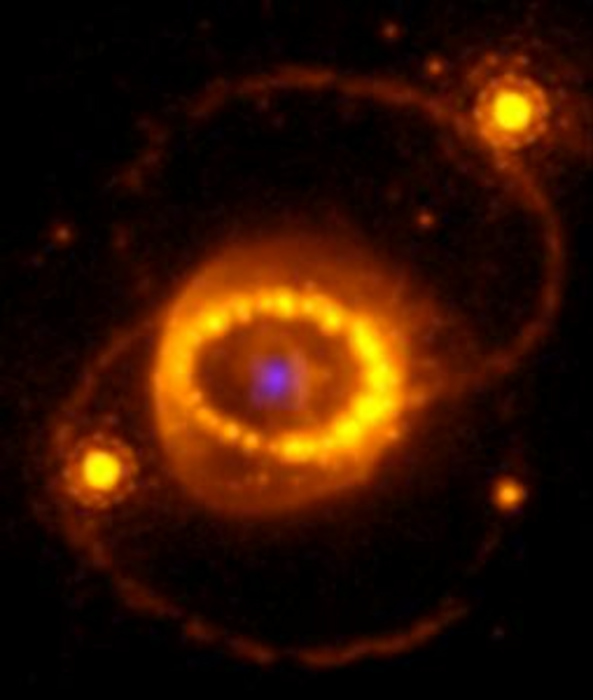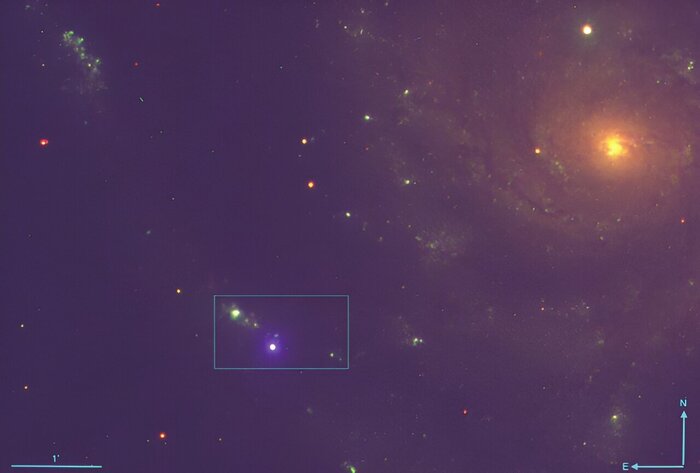The largest supernova wreck ever observed in X-rays has been identified: the result of the explosion of a massive star at the end of its life, it covers an area of the sky about 90 times larger than the apparent size of the full Moon.
It was discovered thanks to the first full-sky map made by the eROSITA space telescope of the Max Planck Institute for Extraterrestrial Physics, and was renamed 'Hoinga' from the medieval name of the hometown of the German researcher who led the international study to which also participated Luciano Nicastro, researcher of the National Institute of Astrophysics (INAF) in Bologna.
The results are being published in Astronomy and Astrophysics.
"The eROSITA X-ray telescope - explains Nicastro - is able to scan the entire celestial vault with great sensitivity every six months, which makes it unique in its kind and allows you to observe objects and phenomena that other telescopes, even more powerful , they can hardly do ".
Thanks to this tool, researchers plan to hunt down the remains of supernovae that have so far managed to escape us: it is estimated that there are 1,200 observables in our galaxy, while we know only about 300.
“We were very surprised that the first supernova remnant popped up right away,” says Werner Becker of the Max Planck Institute.
After Hoinga's identification in the eROSITA data, astronomers looked for confirmation of the nature of this object, which came thanks to observations in radio waves in which 90% of all known supernova remnants have been identified.
"The radio emission recorded in 10 years of observations has clearly confirmed that Hoinga is a supernova remnant, and therefore - concludes Natasha Walker-Hurley of the International Center for Radio Astronomy Research in Australia (ICRAR) - there could be many other similar objects still waiting to be seen by attentive eyes ".







/cloudfront-eu-central-1.images.arcpublishing.com/prisa/TMO34TYLKQEG5UOPIQW2M742GU.jpg)